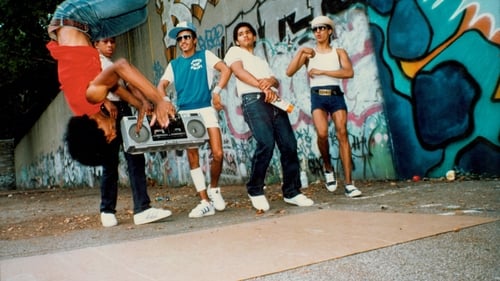
Impersonations for the camera by Alison Tsoi, Nina Fonoroff, and Saul Levine. Additional camera by Silvia Gruner. (For Pelle Lowe and Luther Price)

This film is depicts early lesbian sexuality, using reenacted scenes from the experience of a 12-year old girl as the platform for a meditation on forbidden desire, transgression, and Lacanian psychoanalytic concepts of identity formation. Raw adolescent memories counterpoint staged scenes, exploring mechanisms of power and submission.

Director
Using both found footage and her own material, Nina Fonoroff recollects the memory of her father. Constructing and deconstructing a portrait, she weaves family and friends’ remembrances with an inquiry into her own work process. Her searching attitude suggests that with the loss of her father came a question of the role, not of a particular father, but the father figure—a refusal of authority, and an appreciation of her father’s cycles of learning, teaching, learning. As Danny Kaye, playing Hans Christian Andersen, tells a group of children the story of the piece of chalk that saw itself as a the source, not the transmitter of knowledge, one senses Fonoroff’s sorrow at the loss inherent in the film image, and a yearning for the source of the image, not just its projection.

Director
“I had been thinking about the nature of "echo," as both an acoustical and visual phenomenon. I had hoped to defamiliarize material which seemed to adhere to the demand for wholeness. My aim was not to "represent" or "express" a particular state of mind or emotion, but to endeavor to generate a set of possibilities for new connections between sensory experience and the experience of meaning.” - Nina Fonoroff

Director
Using footage rephotographed from the Hollywood spectacle Quo Vadis, this film is a densely layered montage on the themes of power, sexuality and aggression. Rather than a "deconstruction" of the film from which it is derived, its overall effect might better be described as "decomposition" or "derangement" of the original elements. Culled from a variety of recordings of spoken texts (including Rebecca of Sunnybrook Farm) and music (the Hary Janos Suite by Zoltan Kodaly), the soundtrack is edited in a manner that underscores the rhythm of the images, and alludes to the presence of unconscious associations with the story of the original film. The Emperor meets his demise through the agency (the voice) of a wicked Queen, whose lust for power is equalled only by her capacity for destruction.

Sound Assistant
Legendary New York graffiti artist Lee Quinones plays the part of Zoro, the city's hottest and most elusive graffiti writer. The actual story of the movie concerns the tension between Zoro's passion for his art and his personal life, particularly his strained relationship with fellow artist Rose.





